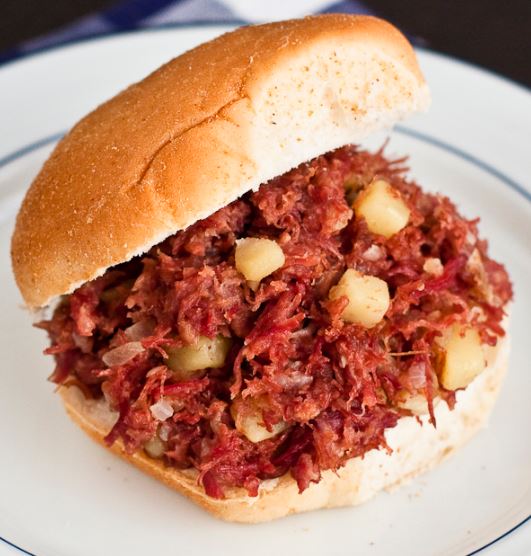I’ve always been skeptical about health warnings on canned foods, especially as I’m somewhat familiar with the canning process (which basically renders food bacteria-free). Now my suspicions have been justified by SCIENTISTS:
Microbiologist Richard Page, of Alliance Technical Laboratories, looked for a host of nasties, including the potentially deadly bacteria E.coli, salmonella, listeria and Clostridium perfringens, as well as for yeasts and moulds, which affect food quality but aren’t necessarily unsafe to eat.
Then food technologist Brian Smith, of Booth Smith Food Technology, analysed the results — and reached a very surprising conclusion.
…
There’s a reason canning has been a popular way of preserving food for the best part of two centuries. Canned food is subjected to a very high heat process to kill bacteria, and once sealed the contents are effectively sterile.
Sterilisation means heating to very high temperatures, killing all microbes. In 1974, tins of food from the wreck of a U.S. steamboat that sank in 1865 were tested. There had been a deterioration in appearance and vitamin content, but scientists found they were safe to eat.
…
“All of the best before dates you are looking at would absolutely not be for bacterial risk. The reasoning behind them would be due to quality,’ says Richard Page. “It may be the manufacturer knows that after a certain period of time there is a certain degradation in the taste or the flavour, colour or smell.”
Or it might just be because they want to sell more pineapple chunks.
Meanwhile, Brian Smith says food manufacturers do give “quite a margin of error” when setting best before dates — in some cases as much as 50 per cent.
So while “use by” dates should always be adhered to, “best before” is more an indicator of quality than a health alarm bell.
I remember eating some of my Y2K canned goods nearly ten years later, and none — I mean not one — tasted any differently than if I’d bought them the same day. Ditto some of my SHTF Grab ‘N Go supplies, just a couple years back. Most of the warning dates are just in case some guy eats 30-year-old corned beef hash he found in Nana’s pantry, and keels over — but even then, while the fats in the food might have caused the taste to deteriorate, the health risk is close to zero.
Read the article for all the details. And now, if you’ll excuse me, I’m off to the kitchen to make me some food:

Nom nom nom…

